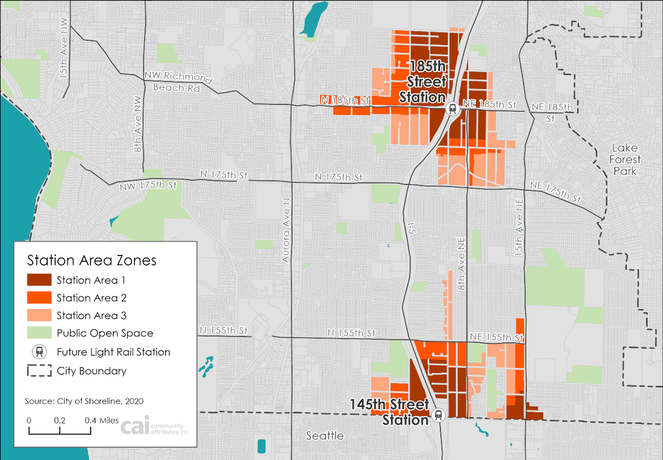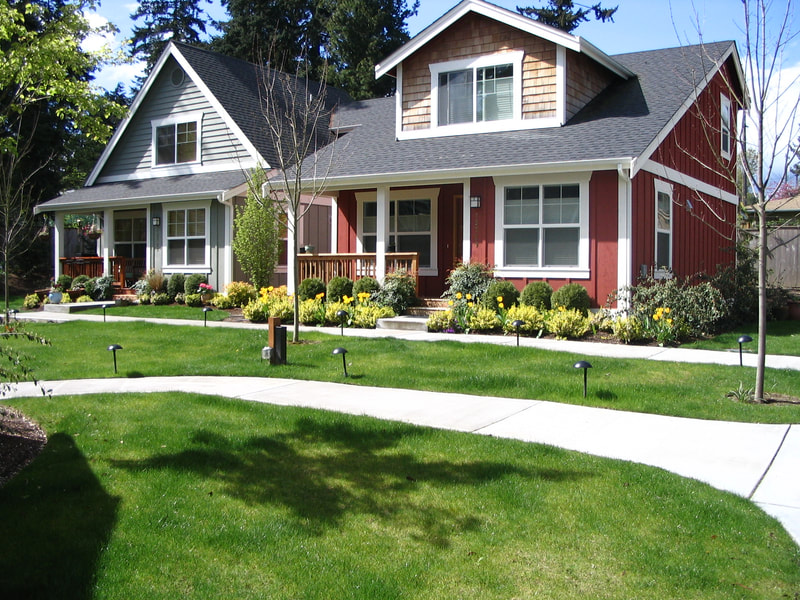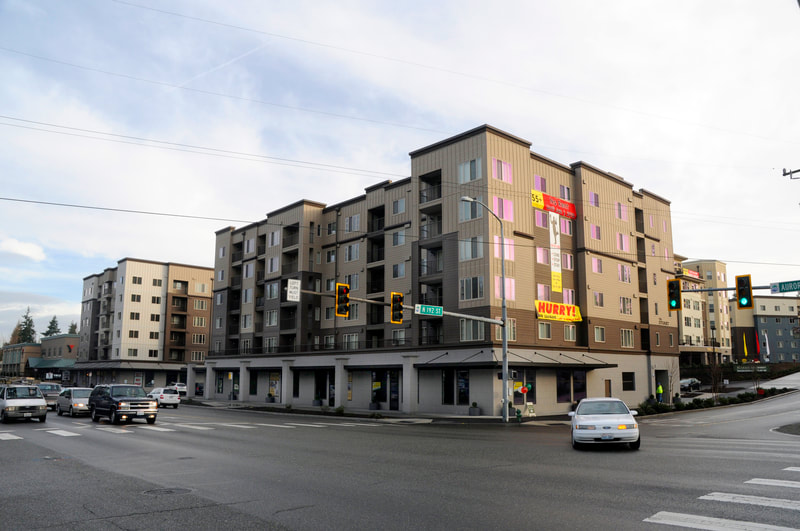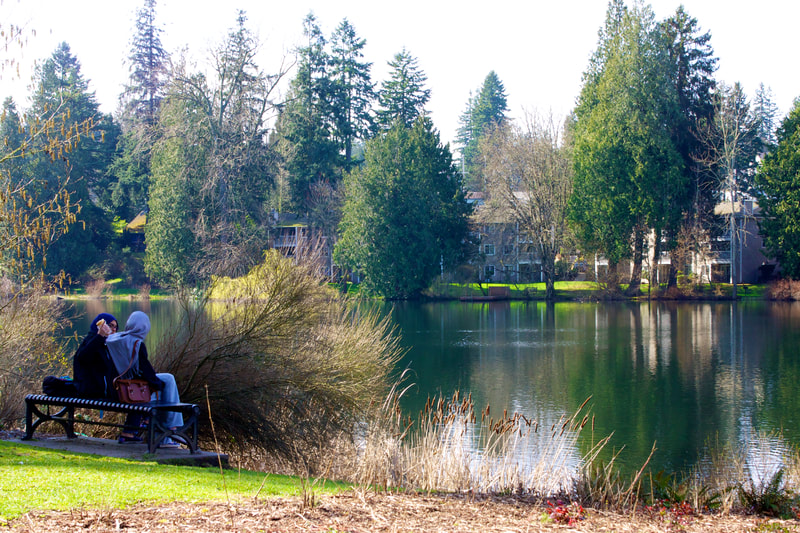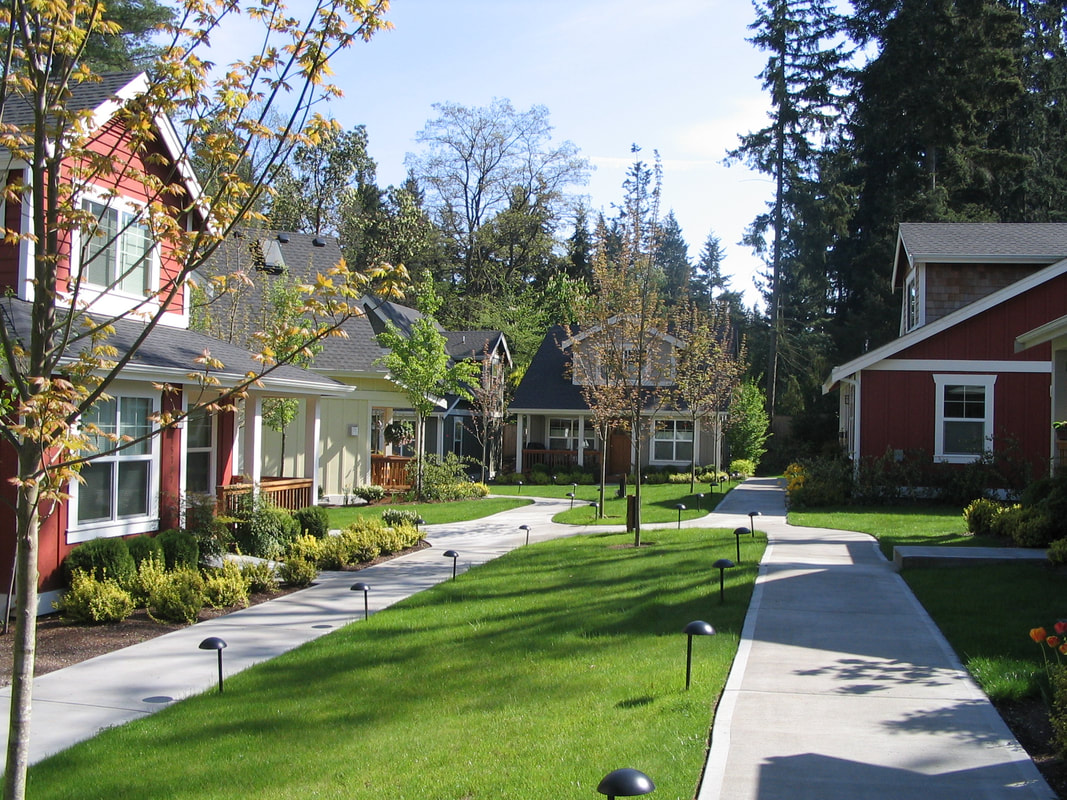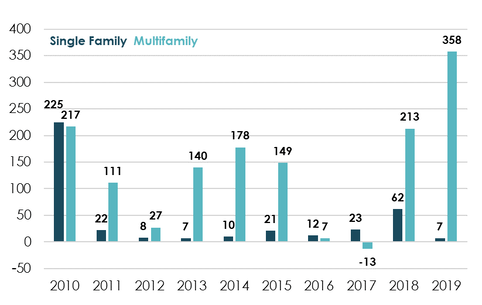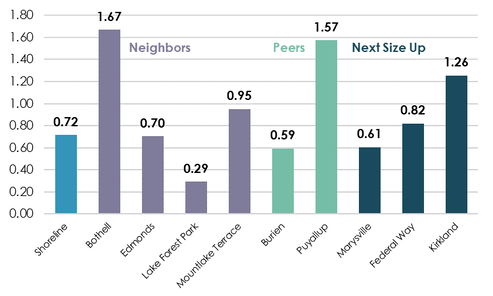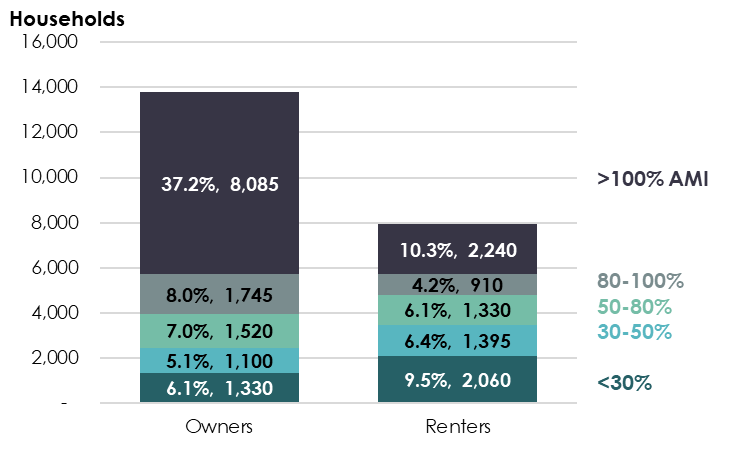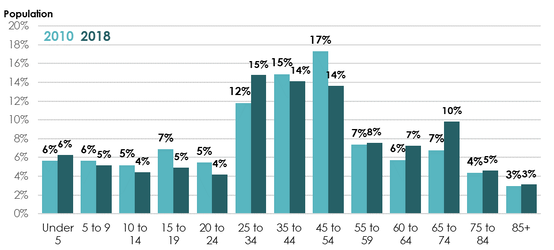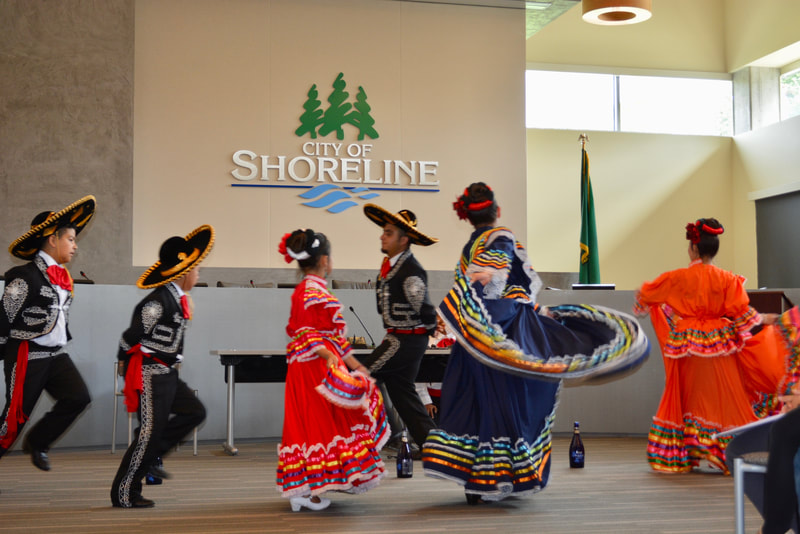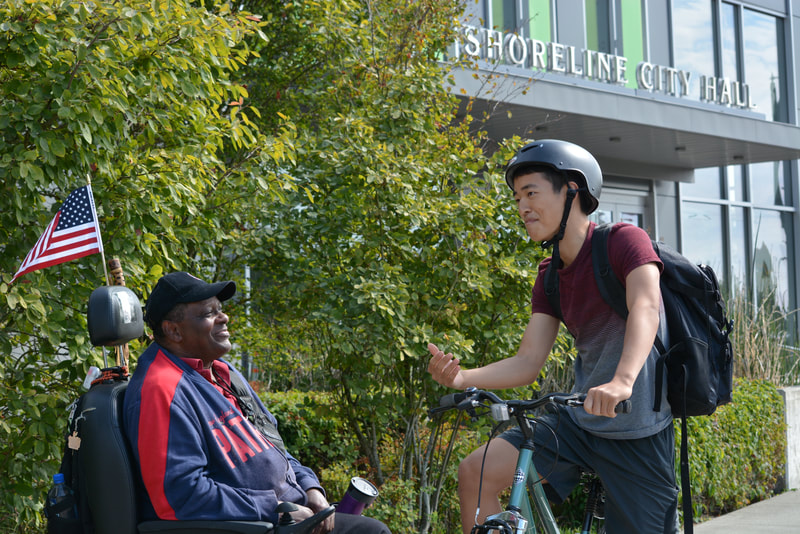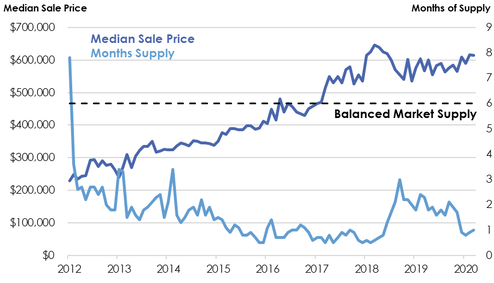Welcome to the Shoreline Housing Action Plan Online Open House! |
Translate: |
Why develop a Housing Action Plan?
|
We know that many people have a hard time finding a home that is the right size for their family, is near where they work or go to school, and is affordable on their budget. While the City of Shoreline only has a small role in the overall housing market, we want to make sure that our codes and requirements focus on areas that are most important to our residents.
No one strategy will serve all people and all housing challenges. The Action Plan will identify appropriate tools to address Shoreline’s specific set of needs and provide guidance on how to implement these tools. Reaching the goal that all Shoreline residents have access to safe, affordable housing requires:
|
The City of Shoreline is developing a Housing Action Plan with support from the Washington State Department of Commerce. Washington State House Bill 1923 enacted one-time planning grants for cities to change codes and policies to support housing affordability |
When will the plan be ready?
|
The plan will be adopted by the City Council by June 2021. Over the summer, the City is reaching out to the community and using tools like this Open House to prioritize potential tools and strategies. For more information, visit our Housing Action Plan webpage.
A public review draft of the Housing Action Plan will be ready in early 2021. For ongoing updates, please sign up for the mailing list. This Open House will also be updated as the project progresses. |
|
How to use this online open house
This online open house consists of a series of sections:
- Defining Affordability
- Shoreline's Existing Tools
- Shoreline's Housing Needs
- Give Feedback
Defining Affordability
|
One of the main housing issues in our region is affordability. “Affordable housing” includes more than public housing. “Affordable” is defined based on each family’s size, income and lifestyle. In addition, all housing should be safe, comfortable and secure.
In general, affordable housing policies assume that a household should not spend more than 30% of its income on housing expenses. This is most important for the lowest income households, who may need to sacrifice other essentials to afford housing. A household that spends more than 30% of its income on housing is considered “cost burdened”, one that spends more than 50% is considered “severely cost burdened”. More information on how we assess cost burden, and Shoreline’s levels of cost burden. |
|
Who is cost burdened?
The interactive map below shows how the share of cost burdened households varied in Shoreline and the surrounding area in 2018 by census tract.
Open the map in a separate tab. (Recommended for mobile.)
How to use the map:
Open the map in a separate tab. (Recommended for mobile.)
How to use the map:
Cost Burden by Census Tract and Housing Tenure, Shoreline and Region, 2018
Sources: US Census Bureau, American Community Survey 2018 5-Year Estimates
Shoreline's Existing Tools
Shoreline has the following strategies in place to encourage environmentally friendly, affordable housing, especially near transit.
Affordable Transit-Oriented Development
|
Light rail station areas offer direct access to our region’s major employment centers. Encouraging affordable housing near Shoreline’s future light rail stations helps to ensure these benefits are available to lower income households and seniors who may be dependent on transit for transportation.
Shoreline has developed policies to create communities in its station areas that are socially, environmentally, and economically sustainable. These include:
|
Other Affordability Strategies
Deep Green Incentive ProgramShoreline is also focused on encouraging development that is environmentally sustainable. The Deep Green Incentive Program offers a set of tiered incentives for projects that achieve requirements for one of several established green building programs. These incentives include density bonuses, parking reductions, and permit fee waivers. Eligible green building programs include the Living Building Challenge, LEED Platinum, and PHIUS+.
|
|
Shoreline's Housing Needs
The Shoreline Housing Needs Assessment summarizes key data on Shoreline’s residents and housing stock. This report will help inform recommendations for the Housing Action Plan. This section summarizes a few key trends from the Shoreline Housing Needs Assessment.
Growth Trends
|
Annual Change in Housing Units by Type, Shoreline,
|
Employment
- Shoreline exports more workers than it brings in, but it is not a bedroom community
- Seattle is the most common destination for Shoreline’s commuters
- Seattle is also the most common place of residence for people who work in Shoreline
- The services sector provides the most jobs in Shoreline, and is also growing the most
Jobs-Housing Ratios, Shoreline and Peer Communities, 2018
Demographics
- Most Shoreline households consist of one or two people
- The City may be attractive to young families – there has been growth in adults age 25-34 and children under 5
- The City may also be attractive to older adults – the population age 65-74 has also been growing in recent years
- Shoreline has a mixture of households at all income levels
Household Income by Area Median Income and Housing Tenure, 2016
Distribution of Shoreline Residents by Age, 2010 & 2018
Housing Market
Median Home Sale Price and Supply, Shoreline, 2012-2020 |
|
Give Feedback
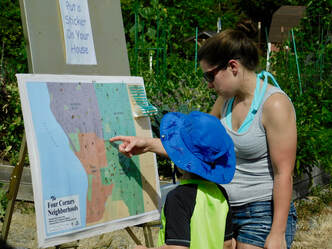
Thank you for letting your voice be heard. We look forward to providing additional updates as the project progresses.
We want to make sure that the Housing Action Plan is aligned with community members’ priorities. At this stage, we are generating potential strategies to include in the plan. Your feedback will help the project team as it evaluates options.
Please consider responding to the following demographic questions so that we can understand how inclusive our community outreach has been.
We want to make sure that the Housing Action Plan is aligned with community members’ priorities. At this stage, we are generating potential strategies to include in the plan. Your feedback will help the project team as it evaluates options.
Please consider responding to the following demographic questions so that we can understand how inclusive our community outreach has been.


